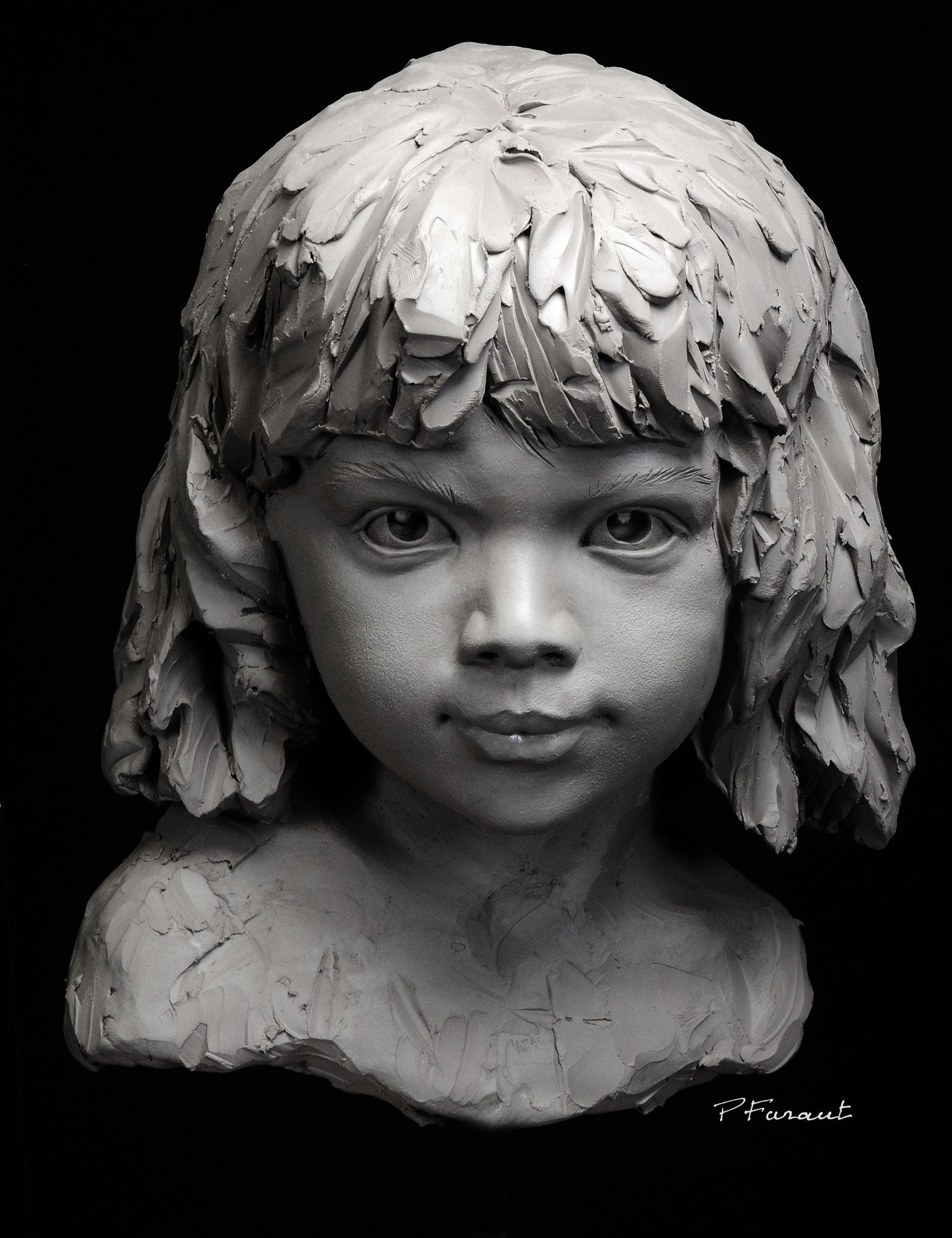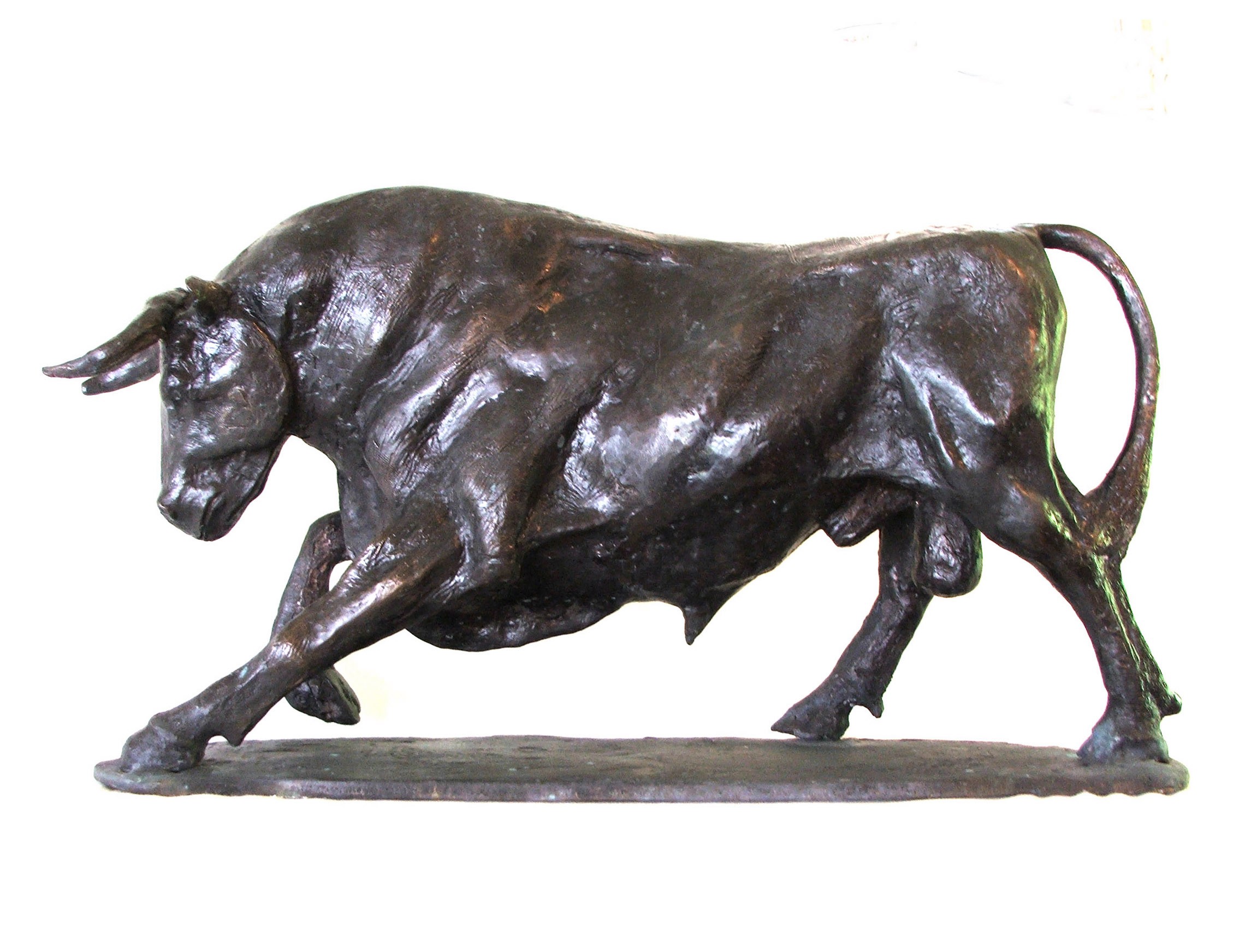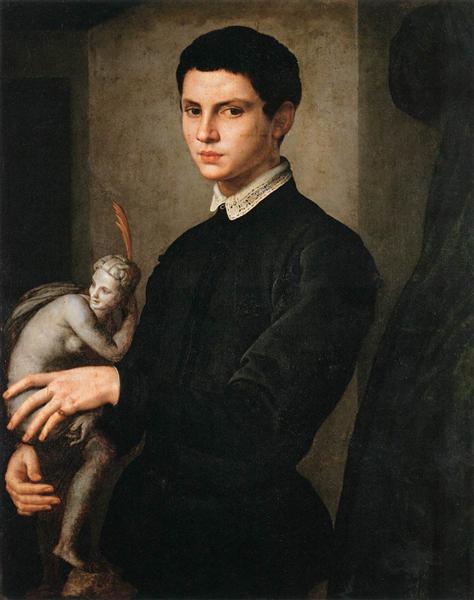Shaping the Human Kind: Portrayals of the Body in Sculpture
Shaping the Human Kind: Representations of the Body in Sculpture is an extensive exploration of the artistic depiction of the human body throughout history. From the charming marble sculptures of ancient Greece to the elaborate masterpieces of the Renaissance, from the ornate and flamboyant Baroque and Rococo sculptures to the progressive and abstract expressions of modern and modern sculpture, this exhibit offers a fascinating journey with the development of this timeless art kind.
Old Greek Sculptures

Among the specifying attributes of Ancient Greek sculptures is their focus on balance. Each part of the body is thoroughly crafted to be in proportion to the whole, producing a feeling of equilibrium and consistency. The carvers paid cautious attention to every detail, from the positioning of muscular tissues to the positioning of arm or legs, guaranteeing that each number showed up both elegant and effective.
Rather than depicting the blemishes and defects of the human kind, they sought to develop an idealized version of truth. The sculptures usually portrayed gods, goddesses, and professional athletes, with their bodies shaped to perfection.
Renaissance Masterpieces
Continuing the expedition of the representation of the human kind in sculpture, Renaissance work of arts further fine-tune the idyllic concept of beauty, building upon the harmonious and in proportion percentages of their Ancient Greek predecessors. During the Renaissance duration, which extended from the 14th to the 17th century in Europe, artists looked for to revive the classic ideals of old Greece and Rome. They studied and copied the jobs of the old masters, striving for a sensible representation of the body.
His masterpiece, the sculpture of David, exemplifies the perfection and grace that came to be synonymous with Renaissance art. Standing at over 17 feet high, the sculpture portrays the biblical hero in a state of calmness prior to his battle with Goliath.
One more significant Renaissance carver was Donatello. His sculpture of Saint George, produced in the early 15th century, showcases the artist's capability to share strength and the aristocracy via the human form. The statue portrays the fabulous dragon-slaying saint in a poised and positive stance, radiating a feeling of heroism.
Renaissance work of arts not just celebrated the physical elegance of the human body however also conveyed much deeper significances and feelings. With their careful interest to information and competent workmanship, Renaissance artists boosted the art of sculpture to brand-new heights, leaving a long lasting tradition that remains to inspire musicians to this day.
Rococo and baroque Sculpture
Rococo and baroque sculpture exemplifies the ornate and elegant representation of the human form throughout the 17th and 18th centuries. Artists such as Gian Lorenzo Bernini and Alessandro Algardi created sculptures that shared motion, commonly illustrating numbers in dramatic poses.
Rococo sculpture, on the various other hand, emerged as a reaction to the grandiosity of the Baroque duration. They typically represented numbers in sensual and elegant postures, showing the laid-back and whimsical nature of the Rococo design.
Both Rococo and baroque sculpture put a terrific emphasis on the human type, celebrating its appeal and expressing a variety of emotions - Contemporary Sculptures. Whether it was the dynamic and effective numbers of the Baroque or the stylish and enchanting numbers of the Rococo, these sculptures caught the essence of the human experience, leaving a lasting effect on the art globe
Modern and Contemporary Sculpture
The evolution of forming the human kind proceeds in contemporary and modern-day sculpture. With the introduction of new materials and techniques, artists have pushed the limits of representation, testing conventional notions of type and appeal. Modern sculpture arised in the late 19th century as an action to the altering social and political landscape. Musicians such as Auguste Rodin and Constantin Brancusi looked for to capture the significance of the human kind, highlighting emotion and motion. Rodin's "The Thinker" and Brancusi's "Bird in Room" are famous examples of this duration.
In the 20th century, the increase of abstraction and theoretical art brought brand-new possibilities for artists. Musicians like Henry Moore and Barbara Hepworth explored the relationship in between kind and area, creating abstracted and organic numbers that challenged conventional notions of depiction. Moore's significant bronze sculptures and Hepworth's sculpted rock jobs are celebrated for their cutting-edge use products and their capacity to evoke a feeling of the body in a non-literal method.
Contemporary sculpture remains to press the limits of representation and check out brand-new products and strategies. Artists like Antony Gormley and Ron Mueck develop hyper-realistic sculptures that test our perception of the body, while others, such as Louise Bourgeois and Kiki Smith, use the body as an allegory for individual and cumulative experiences. The human type remains an effective subject in sculpture, providing a system for musicians to check out identity, emotion, and the human condition.
Social Viewpoints on the Body

In the exploration of shaping the human kind, the evaluation of cultural point of views on the human body discloses a abundant and varied tapestry of analyses and depictions. Throughout background, different cultures have held special beliefs and values regarding the body, causing distinctive imaginative expressions - Robert C Hitchcock Sculptor. These cultural point of views form the way the human body is shown and viewed in sculpture, mirroring societal norms, religions, and aesthetic suitables
For example, old Greek sculptures celebrated the idealized human type, emphasizing physical appeal and athleticism. The sculptures represented gods, heroes, and professional athletes with perfectly proportioned bodies, symbolizing the Greek idea of physical perfection. In comparison, ancient Egyptian sculptures concentrated on the conservation of the body in the afterlife, illustrating figures with rigid poses and idealized functions. The Egyptians thought that the body must be presented in a means that guaranteed its everlasting presence.
In a similar way, social viewpoints on the body in African art usually emphasize public identification and spiritual beliefs (Contemporary Sculptures). Sculptures from different African societies depict the human body with exaggerated functions, representing genealogical links and social worths. Indigenous cultures in the Americas likewise have one-of-a-kind point of views on the body, frequently portraying it in a spiritual context and emphasizing the link in between human beings and nature
The examination of cultural perspectives on the body in sculpture allows us to obtain understanding into the worths, ideas, and visual appeals of different cultures throughout background. It highlights the diversity of human experiences and the methods which art reflects and shapes our understanding of the human type.

Final Thought
Finally, the portrayal of the body in sculpture has progressed in time, reflecting different social perspectives and creative activities. go to my site From the idealized numbers of Ancient Greek sculptures to the stirring and practical Renaissance masterpieces, and the elaborate information of Baroque and Rococo sculptures, to the abstract and speculative kinds of modern-day and modern sculpture. The body has actually been a subject of attraction and imaginative exploration throughout history, showcasing the varied interpretations and expressions of the human form.
Forming the Human Type: Representations of the Body in Sculpture is a thorough exploration of the artistic representation of the human body throughout background. From the splendid marble sculptures of ancient Greece to the elaborate masterpieces of the Renaissance, from the flamboyant and elaborate Baroque and Rococo sculptures to the progressive and abstract expressions of modern-day and contemporary sculpture, this exhibition supplies an exciting journey through the evolution of this timeless art form. Artists like Antony Gormley and Ron Mueck develop hyper-realistic sculptures that challenge our understanding of the human body, while others, such as Louise Bourgeois and Kiki Smith, use the body as a metaphor for individual and cumulative experiences. The human type stays a powerful subject in sculpture, offering a system for artists to check out identity, feeling, and the human problem.
From the idealized numbers of Ancient Greek sculptures to the reasonable and emotive Renaissance work of arts, and the elaborate information of Baroque and Rococo sculptures, to the abstract and experimental forms of contemporary and modern sculpture.